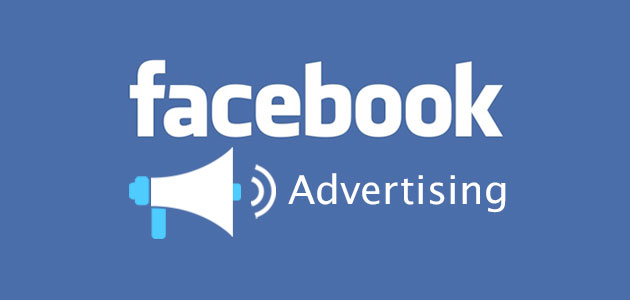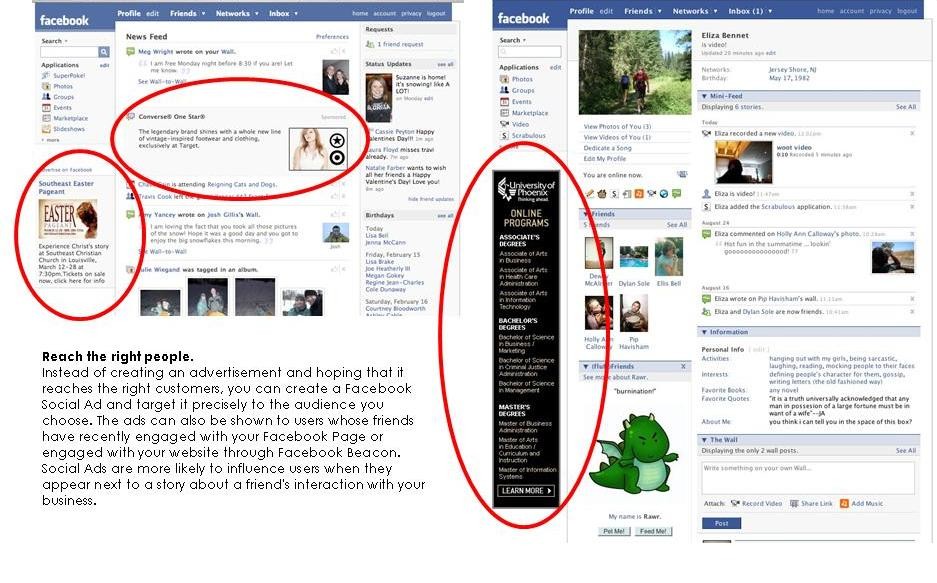Facebook Advertising
Post on: 16 Март, 2015 No Comment

Facebook has an incredible audience, 950 million strong and counting. This audience is immensely attractive to Brands and Marketers around the world. We've seen explosive growth in brand pages, types of advertising and other fun ways to monetize this audience.
Increased investment in Facebook as an engagement/acquisition channel has translated into requests from CEOs, CMOs and other CxOs about the return on that investment. As Facebook is a very young channel, it is not surprising that everyone's struggling with the answer.
This point was vividly illustrated at a session I attended at a major industry conference.
A Facebook employee (FBe) gave a talk about measuring ROI/Value of Facebook campaigns. FBe's recommendation was (paraphrasing a 35 min talk):
Don't invent new metrics, use online versions of Reach and GRPs to measure success. The value of Facebook in "spreading word of mouth," "getting your brand in front of friends of fans," and "engaging fans with five to seven posts a week on your fan page."
They closed with the Facebook Insights tool (which is quite nice). This blog post is about the above recommendations, and their merit. But first let's punch up the value you'll get from this post.
In the second part of the talk a large client joined FBe on stage to make the case for Facebook campaigns.
Here's a summary of the case study presented:
1. Client posted a video of a soon to be released product on their Facebook brand page. It is a lovely emotional video (really was!).
2. That video got a magnificent number of Likes.
3. Client also runs Facebook Promoted Ads for that post. Gets more Likes.
4. ROI? It was huge. The new product became the number one selling product in the company's history in that country.
5. Facebook works.
The case study seemed to contain a rookie mistake.
I can see the correlation, but the conclusion implies a causality that may or may not be there ("the product sales exceeded all internal projections!").
There are two valuable lessons we can learn from the above story.
Correlations don't imply causality.
Completely ignore the question of whether Facebook works (assume we are taking about Ren Ren or Google+). Focus on the fact that this was the launch of a powerful new new product via a continent-wide rebranding campaign using massive online and offline media buys.
A push on Facebook was a part of that effort.
So to imply the ROI in Step 4 is sub-optimal.
From the data presented, there is no way to tell if the Facebook campaign worked or not. Even if there were millions of Likes on the post with the deeply emotional video about the new product.
It would have been easy to identify causality, even if it was weak causality.
The Client could still do massive media buys (TV! Radio! Newspapers! Google!) in all countries in the continent. But they could also only make a major push with Facebook in country X.
Then, they could look at sales in all the countries including country X and a couple of other countries (Y, Z, A) that are similar to country X in terms of type of population, existing brand awareness, market penetration, competitive structures. This is a massive continent with lots of countries, should not be hard to do.
From that analysis, they could identify the incremental sales in country X compared to Y, Z and A. Attribute it all to the Facebook campaigns.
Compute ROI: (cost of Facebook campaigns + salary of people running campaigns + agency creative costs) vs. profit from incremental product sales.

Based on results of value identified for Facebook, optimize their advertising mix strategy for future product launches.
My recommendation above is the simplest way to attempt this. To rigorously prove value we could all work together to create purer controlled experiments .
It is always so cool to run marketing campaigns in large homogenous markets (like Europe, Asia, or large chunks of the US). It is possible to get good test and control groups (type of population, existing brand awareness, market penetration, competitive structures) for our experiments. Then we can treat every campaign as an opportunity to identify causality between the money spent on advertising and the product sales achieved.
It goes without saying, this is exactly how I would prove causality if I was running social media campaigns on Twitter, Ren Ren or vKontakte.
Attending this presentation inspired me to write this blog post. The case study presented raised tough questions.
Why is it so hard to measure the value of Facebook? How can we do better? Why don't more CMOs spend millions of dollars of budget on Facebook, like they might do on AOL and Bing and Yandex?
The long flight home helped me arrive at two conclusions: We (CxOs, Marketers, Analysts) don't really understand what is unique about Facebook. (This makes me really sad.) Because we don't understand the uniqueness, we fall back on profoundly sub-optimal old world metrics like Reach or Online GRP equivalents.
We can do much better. Let's together try to fix those two problems.
The Setup/Broad Context.
Since we are interested in identifying the ROI/Economic Value of Facebook efforts, we'll assume that we are a for-profit entity who makes by selling our products and services or we are a non-profit who would like to spread the word and raise donations.
In both cases we are using Facebook to improve our bottom-line.
My hope is to start by correcting one of the foundational flaws about how we think about Marketing/Measurement and Facebook, then clearly identify two things we have to do to prove Facebook's ROI, dive really deep and identify specific ways to measure each effort we undertake on Facebook and close with a handy measurement summary along with my personal crazy social media lessons.














